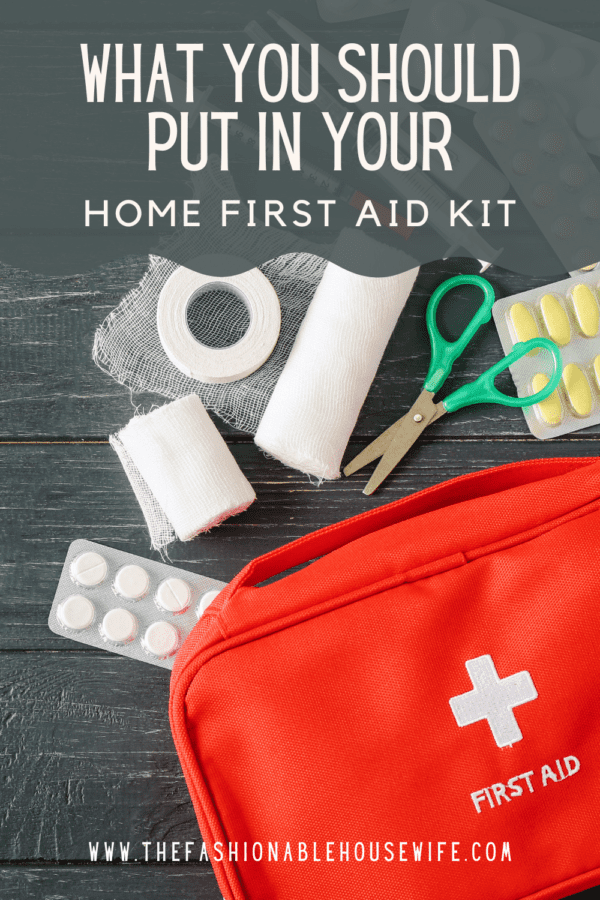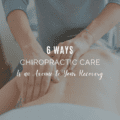
Any parent knows that their children are highly capable of accidentally injuring themselves. No matter how closely your watch your children, the unfortunate reality is that sooner or later, they will suffer a bump or a scrape, and this can cause minor injuries. As such, it’s important to be prepared for this outcome by curating a good first aid and medicine kit in your home.
This way, light issues can be addressed and wounds can be cared for, perhaps eliminating the need for an emergency room visit, or at least limiting an issue from getting worse before you visit. It’s also important to make sure you have a separate kit for adults and children, for instance, CBD pain cream might be suitable for yours and not theirs, while you might not have need of colorful fun plasters and child’s cough medicine.
But what should you have in your home medicine kit? In this post, we’ll discuss some items to place in each box. This way, you’ll have what you need in the event of an injury:
First Aid Supplies, First & Foremost
A well-stocked first aid kit is an essential tool for your household. Basic supplies should include items such as adhesive bandages, gauze pads, adhesive tape, scissors, tweezers, instant cold packs for cuts or bruises, antiseptic wipes, and gloves. Antibacterial hand gel is also worthwhile, as is distilled water. It is also important to include any specific medications or medical devices that family members may require, such as an EpiPen for those with severe allergies, or backups of medicine just in case you lose your main prescription.
Over The Counter Medications Are Important, Too.
In addition to first aid supplies, it is important to have a supply of over-the-counter medications on hand. Common items include painkillers such as ibuprofen, antihistamines for allergies which can be useful in a wide array of contexts, antacids for digestive issues and reflux, and topical creams for skin irritations or burns, as mentioned in our intro. Be sure to check expiration dates regularly and replace any expired medications, because sometimes those can cause more harm than they’d help.
Always Consider Children & Pets
When assembling a home first aid kit, it is important to consider the needs of all family members, including children and pets. As mentioned in our intro, sometimes it’s good to craft a first aid kit just for them. For infants and young children, it may be necessary to include items such as a thermometer, infant painkillers or cough medicines, and children’s version of medications as discussed above. For pets, items such as pet-specific first aid supplies, a pet thermometer, and any necessary medications like suppositories should be included. Always make sure to keep these in an out-of-reach place, because while this is directly used as an aid for your children, that should always be applied under your supervision.
With this advice, you’re sure to place the right measures in your home medicine kit. We only hope that this can help you secure a better and more helpful outcome going forward.








